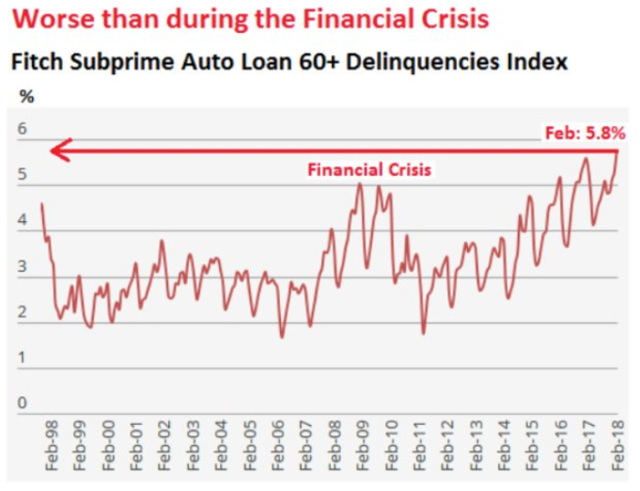How To Predict The Next Financial Crisis - The Atlantic
The COVID-19 pandemic will slow development for the next a number of years. There are other long-term trends that likewise impact the economy. From extreme weather condition to rising healthcare costs and the federal debt, here's how all of these trends will impact you. In simply a couple of months, the COVID-19 pandemic annihilated the U.S.
In the very first quarter of 2020, growth declined by 5%. In the second quarter, it dropped by 31. 4%, however then rebounded in the third quarter to 33. 4%. In April, during the height of the pandemic, retail sales plunged 16. 4% as guvs closed unnecessary businesses. Furloughed workers sent out the number of out of work to 23 million that month.
7 million. The Congressional Spending Plan Workplace (CBO) forecasts a customized U-shaped recovery. The Congressional Budget Workplace (CBO) forecasted the third-quarter data would improve, however not adequate to offset earlier losses. The economy will not go back to its pre-pandemic level till the middle of 2022, the agency forecasts. Sadly, the CBO was right.
4%, but it still was not adequate to recuperate the previous decrease in Q2. On Oct. 1, 2020, the U.S. debt exceeded $27 trillion. The COVID-19 pandemic contributed to the debt with the CARES Act and lower tax revenues. The U.S. debt-to-gross domestic item ratio rose to 127% by the end of Q3that's much higher than the 77% tipping point suggested by the International Monetary Fund.
More Than 70% Of Economists Think A Us Recession Will Strike ...
Higher rate of interest would increase the interest payments on s3.us-east-2.amazonaws.com/thenextfinancialcrisis1/index.html the financial obligation. That's unlikely as long as the U.S. economy remains in recession. The Federal Reserve will keep rate of interest low to spur growth. Disagreements over how to lower the financial obligation might translate into a financial obligation crisis if the financial obligation ceiling requirements to be raised.
Social Security pays for itself, and Medicare partially does, a minimum of for now. As Washington battles with the finest way to resolve the debt, unpredictability occurs over tax rates, benefits, and federal programs. the next financial crisis Businesses react to this uncertainty by hoarding money, working with short-lived rather of full-time workers, and postponing major financial investments.
It might cost the U.S. federal government as much as $112 billion annually, according to a report by the U.S. Government Accountability Office (GAO). The Federal Reserve has warned that climate modification threatens the monetary system. Extreme weather condition is forcing farms, utilities, and other business to state personal bankruptcy. As those borrowers go under, it will harm banks' balance sheets similar to subprime home loans did throughout the monetary crisis.
 World Economy Crash Prediction - Best ...besthealthtourism.com
World Economy Crash Prediction - Best ...besthealthtourism.com
Munich Re, the world's largest reinsurance company, cautioned that insurance coverage firms will have to raise premiums to cover higher expenses from severe weather. That might make insurance coverage too costly for many people. Over the next few decades, temperature levels are anticipated to increase by between 2 and 4 degrees Fahrenheit. Warmer summers imply more harmful wildfires.
Anticipating The Next Global Financial Crisis And Recession
Greater temperatures have even pressed the dry western Plains area 140 miles eastward. As an outcome, farmers used to growing corn will need to switch to hardier wheat. A shorter winter implies that numerous insects, such as the pine bark s3.us-east-1.amazonaws.com/thenextfinancialcrisis2/index.html beetle, do not pass away off in the winter season. The U.S. Forest Service approximates that 100,000 beetle-infested trees might fall daily over the next ten years.
Dry spells exterminate crops and raise beef, nut, and fruit costs. Millions of asthma and allergy victims need to spend for increased health care expenses. Longer summers lengthen the allergy season. In some areas, the pollen season is now 25 days longer than in 1995. Pollen counts are projected to more than double between 2000 and 2040.